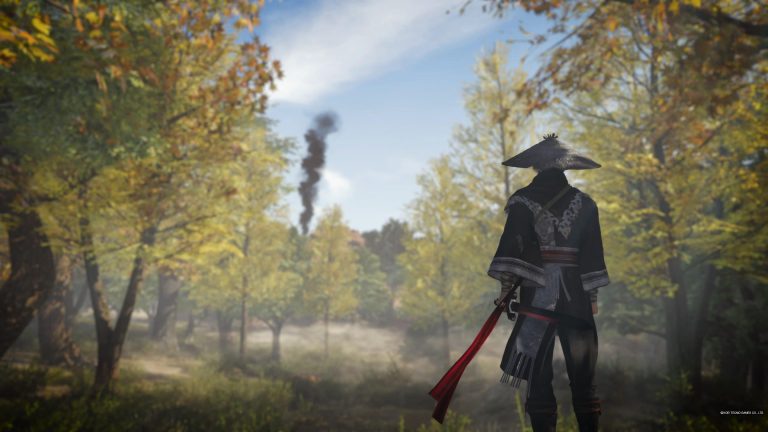“I vividly recall those early days when me and my friends stumbled upon The Need for Speed at a local video game store. It was on the 3DO, and we all crowded around it, thinking, ‘What on earth is this?’,” reminisces Patrick Honnoraty, the current producer of Need For Speed. “The thrill of racing with the cops on your tail was unmatched back then,” he adds.
Since its debut in 1994, The Need for Speed—officially titled Road & Track Presents: The Need for Speed—has pushed the racing genre into realms that were unimaginable at the time. As I jot this down, it’s amusing to think that I wasn’t even born when the game first came out.
Next month marks a significant milestone for the franchise, as it celebrates 30 years of innovation, adaptation, and sometimes, mixed receptions from fans. This sentiment was at the core of a recent roundtable discussion, attended by VG247, which brought together both current and former developers of the game.
“The journey has been quite a rollercoaster,” admits Honnoraty. “Yet, the essence of the game, which started as something incredibly accessible and straightforward, has remained a touchstone,” he continues. According to him, the franchise has stayed true to this original blueprint. “Nowadays, many racing games can be quite daunting, but Need For Speed keeps it easy for new players to dive right in.”
Honnoraty emphasizes the importance of staying connected with the dynamic car culture to keep the game fresh and relevant. “It’s people like Bryn Alban and Frankie Yip who constantly keep their fingers on the pulse of the latest trends in car culture, ensuring these elements find their way into the game,” he mentions.
Reflecting on the series’ history, he notes, “Whenever customization took a backseat, the game seemed to falter. Those times when it wasn’t prioritized were certainly challenging for us.”
Throughout its history—from the thrilling street races of Underground and Most Wanted to the bold experiments with titles like Prostreet and The Run—Need For Speed has worn many hats. The baton of development has passed through different hands, moving from Criterion to Ghost Games, then back to Criterion, leaving players with diverse memories and preferences. So, what’s on the horizon for November 2024?
“The biggest challenge now,” Honnoraty acknowledges, “is the franchise’s legacy. With so many different iterations appealing to various audiences, you always hear debates about which game reigns supreme and why.”
He illustrates, “During the EA Play event for Need For Speed Payback, fans who played the highway heist came away saying it reminded them of Most Wanted. Another group claimed it took them back to Underground. I was perplexed—how can they see it so differently?”
He muses, “Everyone carries their own nostalgia with them. Some skipped entries only to rediscover the series later. The real challenge today is reconciling all these interpretations of what Need For Speed means to its players.”
John Stanley, Senior Creative Director at Criterion, and Honnoraty navigate these challenges daily. As Honnoraty jokes, “We think we’re close to figuring it out.”
Bryn Alban, the Vehicle Art Director, chimes in, “For each fan, a ‘good’ Need For Speed looks a bit different. Pleasing everyone is impossible, especially amid debates over which customizations to include.”
While developers appreciate hearing fans’ impassioned opinions, Justin Wiebe, a long-time contributor to the franchise and now a Studio Design Director at Ripple Effect, stresses focus. “Trying to cater to everyone results in pleasing no one,” he comments. “We need a strong vision that emphasizes key elements that people love about Need For Speed.”
Recalling his work on Prostreet, Wiebe reflects on the bold decisions, like taking racing off the streets and onto professional tracks. “It was about making a statement—this is your Need For Speed for this year,” he explains. “Sure, we sidestepped the usual storylines and police chases, but we had to double down on our vision.”
As the series looks to its future, it continues to evolve. Honnoraty explains how recent titles have reshaped classic elements. “We took inspiration from titles like Hot Pursuit and reimagined Underground’s customization. We then focused on an action-oriented approach with Payback and merged elements into Heat. Unbound introduced new systems like a reworked calendar, leveraging risk and reward mechanics.”
Each iteration is about reinvention while keeping the racing core intact. “Whether the risks pay off varies,” Honnoraty admits, “but one thing’s for sure—Need For Speed will always strive to do something adventurous and different.”















































